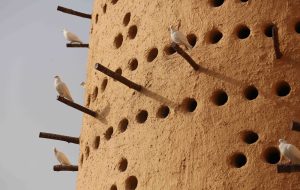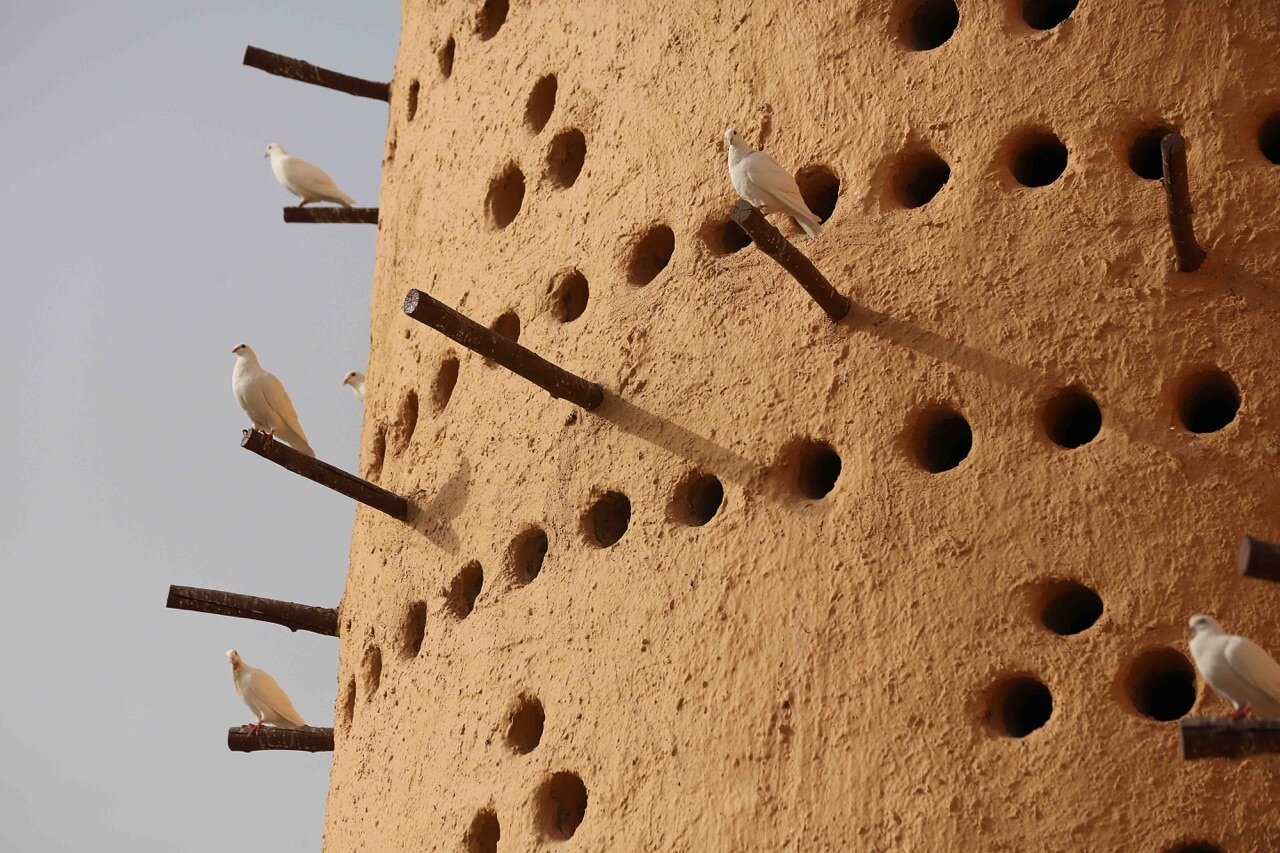Ardakan hosting festival of native pigeons
TEHRAN – A bird festival intended to promote tourism within Yazd’s Ardakan county has opened to run from May 7 to 10. Ardakan’s Cultural Heritage Chief, on Wednesday, announced that the second edition of Persian high-flying tumbler festival is underway simultaneously with an exhibition of handicrafts and souvenirs. “This year, more than 120 pigeon species from


TEHRAN – A bird festival intended to promote tourism within Yazd’s Ardakan county has opened to run from May 7 to 10.
Ardakan’s Cultural Heritage Chief, on Wednesday, announced that the second edition of Persian high-flying tumbler festival is underway simultaneously with an exhibition of handicrafts and souvenirs.
“This year, more than 120 pigeon species from across Iran have been brought to the festival,” Mostafa Sepehri elaborated. “Which is warmly welcomed by the visitors.”
Regarding the festival’s total stalls, the officials pinpointed that more than 60 booths are active, of which, 15 are dedicated to artisans showing their handicrafts.
Sepehri further explained that the event is designed to boost tourism and extend support to local craftspeople.
“These days, Ardakan is playing host to tourists, hailing from Oman, UAE, and Bahrain,” the tourism chief noted.
“Which makes a great opportunity to showcase the capacities within the county.”
Encouraging enthusiasts to visit the exhibition during its four-day run, he outlined that the event also serves as a platform for local artisans to promote their traditional skills and crafts to a wider audience.
According to him, the Persian high-flying tumbler is a type of authentic Iranian pigeon that is very expensive and difficult to maintain but generates a very high income. This district is considered one of the hubs for them in the country, the official added.
“The event has been set to run from May 7 to 10, welcoming the enthusiasts from 4 to 10 PM” Sepehri winded up. “Taking place at Aqa-Mohammad Afkhami hall.”
Birds, particularly pigeons, have long been revered in Iranian culture for their beauty, grace, and symbolism of peace and freedom. For centuries, they intertwined with various facets of Iranian society, from art and literature to architecture and agriculture.
One of the most iconic manifestations of this reverence is the pigeon towers, the ruins of which are scattered across the ancient country.
Usually built of mud-brick, pigeon towers are often decorated by ornate cupolas and muqarnas friezes. Each tower consists of an outer drum, buttressed internally to prevent collapse and to support the inner drum that rises perhaps a third as high as the main structure.
Pigeons can get to their nets through some passages that are so narrow that it is impossible for other birds such as eagles or falcons to enter. At the bottom, there are some smooth parts of stucco works. These parts can prevent snakes from ascending. In some cases, they put a bowl of milk in the center with lime around it. As snakes like milk, they try to get it but will be stuck in the lime.
Nowadays, due to the wide use of chemical fertilizers, such pigeon towers just convey memories of the past as significant but strange buildings.
XF
